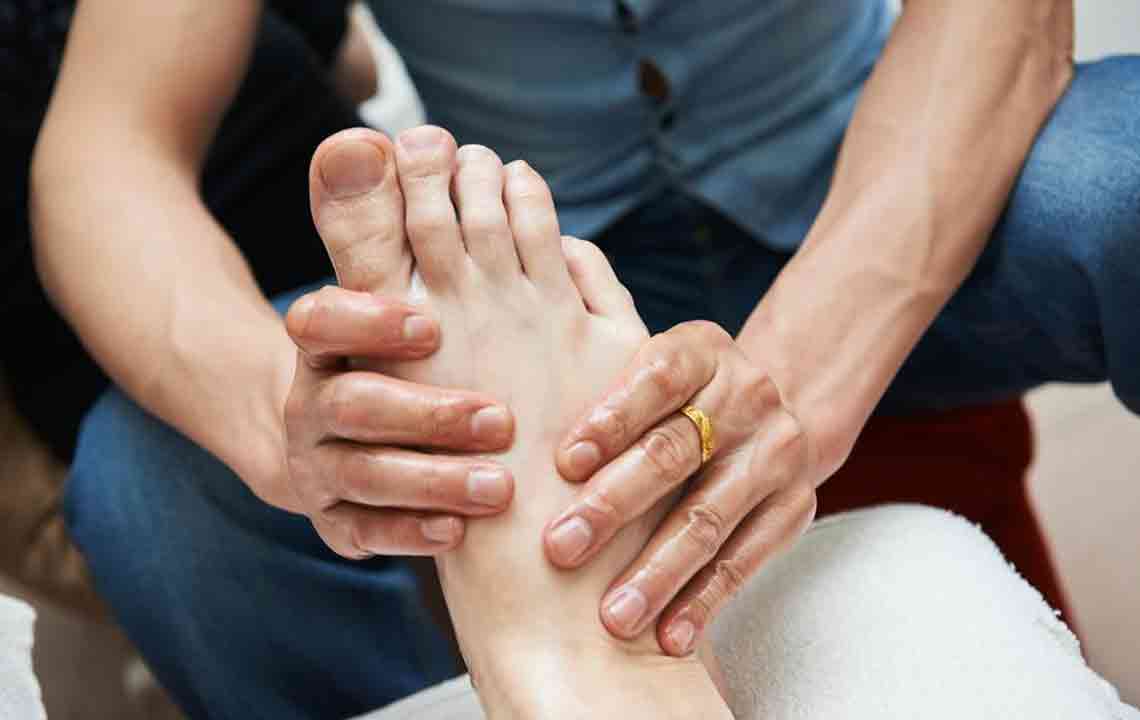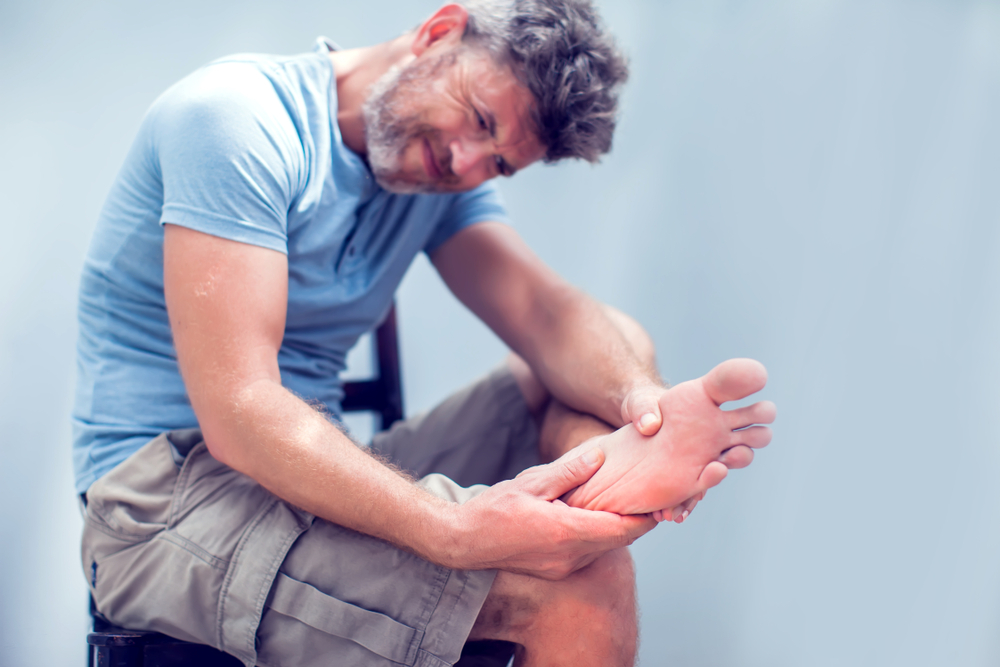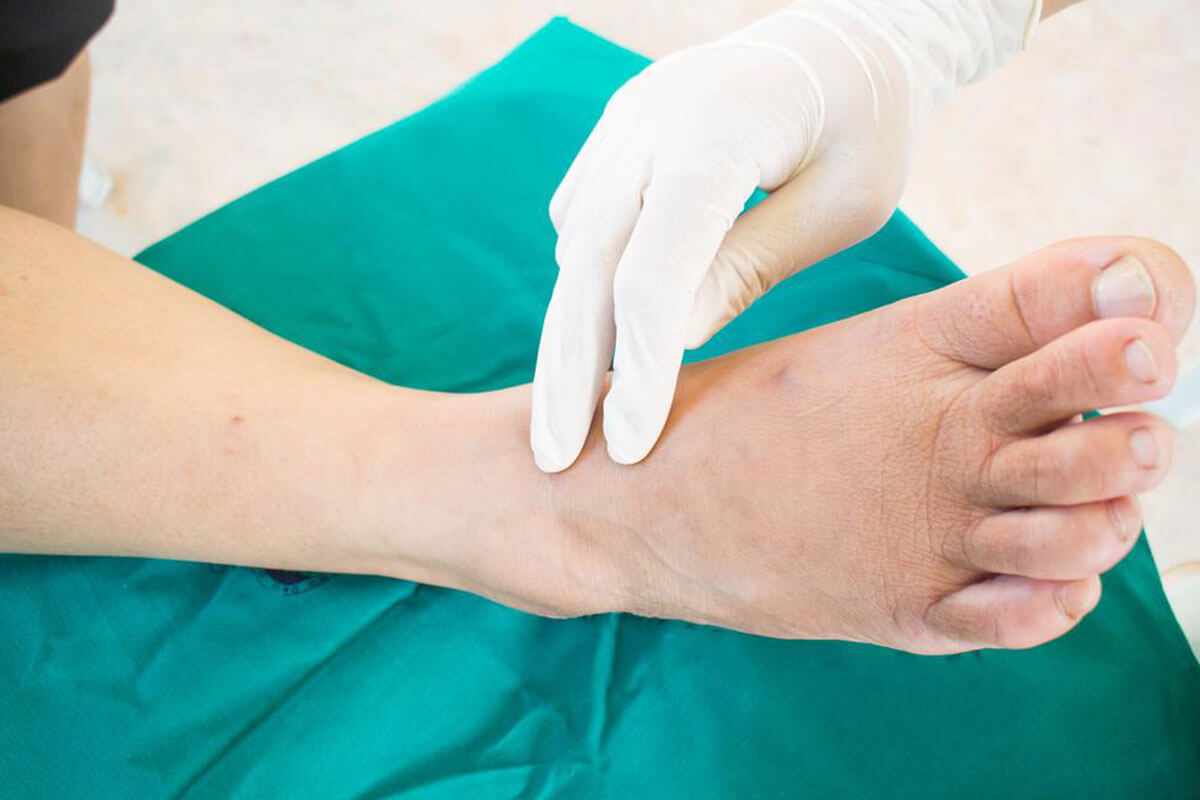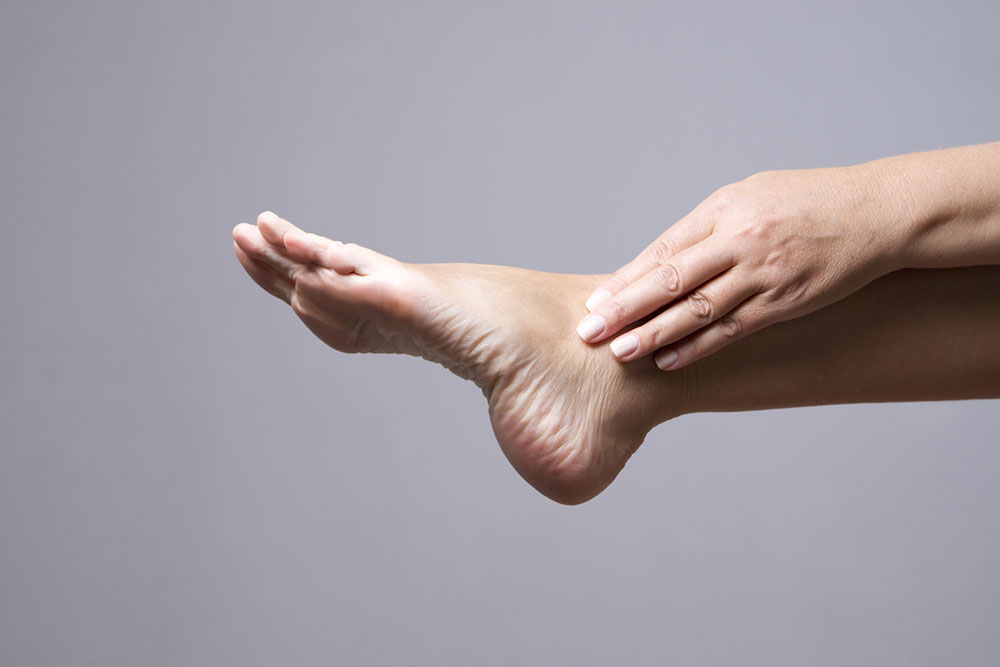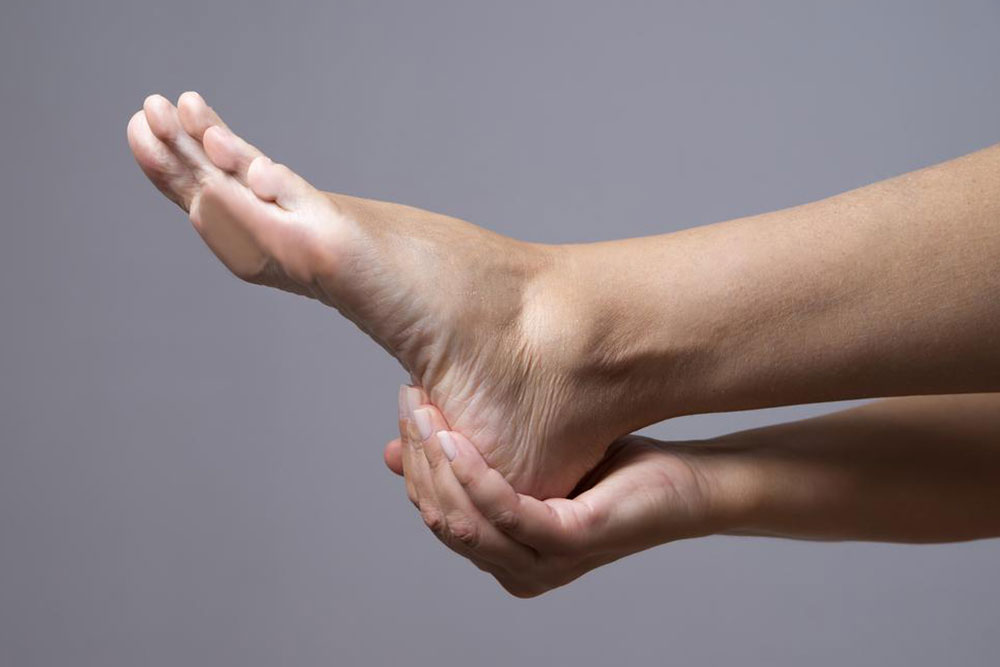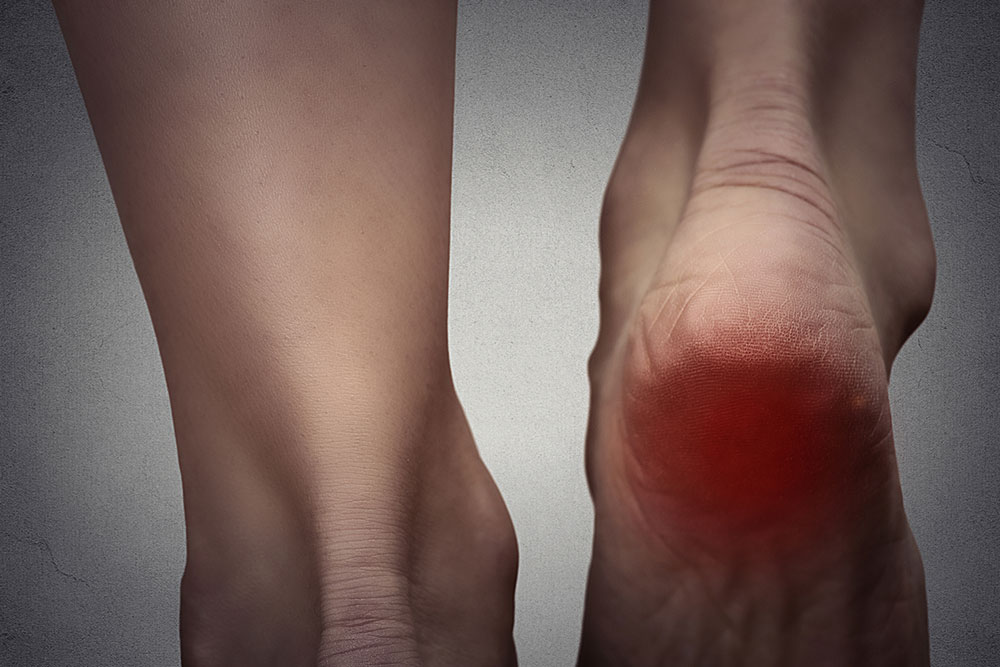Understanding Plantar Foot Discomfort: Causes, Symptoms, and Diagnosis
Discover the causes, symptoms, and diagnostic methods for plantar foot discomfort. Learn how nerve compression, structural deformities, infections, and systemic diseases can lead to bottom of foot pain. Find out about treatment options including therapies, supportive devices, and exercises. Seek medical advice if pain interferes with daily life or shows signs of deformity. Proper diagnosis and targeted treatment are essential for effective recovery and preventing future issues.
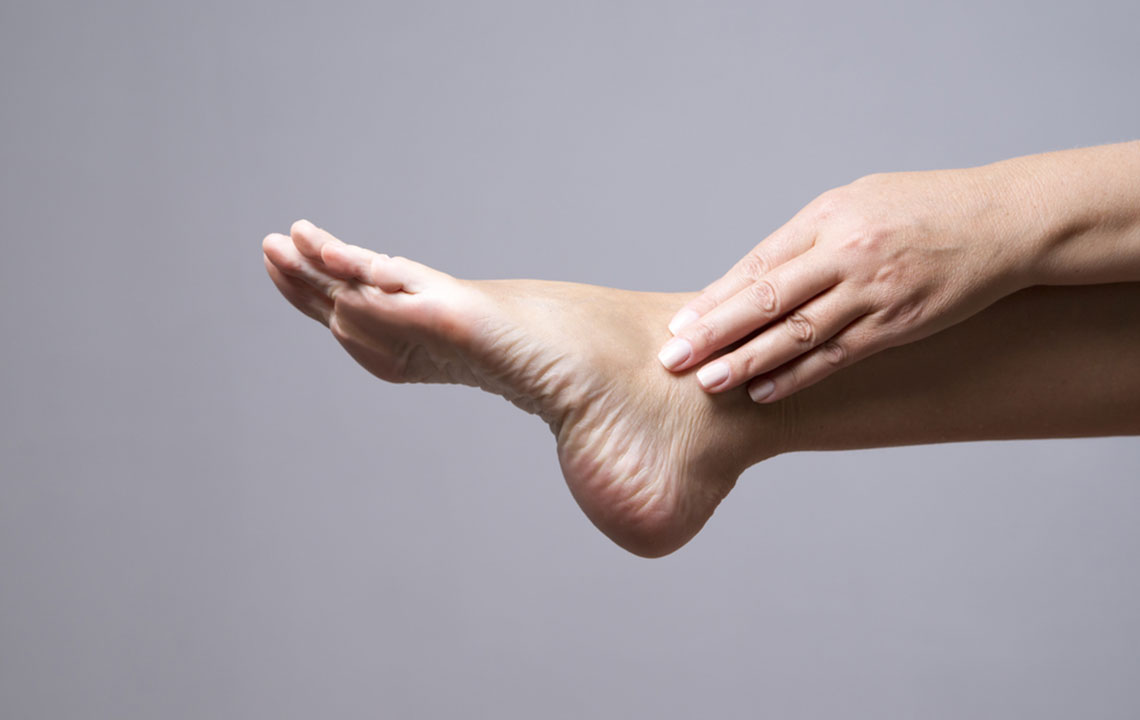
Understanding Plantar Foot Discomfort: Causes, Symptoms, and Diagnosis
Discomfort on the sole of the foot can stem from numerous factors. It's crucial to recognize that pain may not always originate from the toes or the top of the foot. Often, such pain is linked to issues in other regions, including the lower back or legs.
Sometimes, pain on the sole results from nerve compression or systemic conditions. Symptoms may include limited foot mobility, numbness, weakness, or difficulty standing on tiptoes.
This often occurs due to nerve root compression in the lumbar spine. Additional symptoms include heaviness in the foot and weakness, with pain radiating along the sole and top of the foot.
Symptoms of plantar foot discomfort include:
Difficulty lifting the foot, numbness, or weakness that hampers walking or standing. Some individuals may find it hard to balance on their toes or to raise the heel, indicating nerve involvement.
Common causes of sole foot pain:
Activities wearing tight or unsuitable footwear, infections like fungi or bacteria, and viral conditions such as plantar warts and athlete's foot can trigger pain on the sole. Diseases like gout, rheumatoid arthritis, and lupus may also cause discomfort. Structural deformities including claw toes, tarsal coalitions, or heel misalignments contribute as well.
If foot pain disrupts daily activities or shows signs of deformity, swelling, color changes, or persistent tenderness, seeking medical attention is advised.
Diagnosing plantar foot pain:
Doctors compare the affected foot with the unaffected side and evaluate the pain's nature—whether it occurs during activity, before, after, or persists at rest. Physical exams assess deformities, tenderness, muscle strength, and nerve function. Imaging tests like X-rays, MRI, or bone scans help identify underlying issues when necessary.
Treatment options:
Depending on the root cause, treatments include therapies such as ultrasound, electrical stimulation, or laser therapy to reduce pain and promote healing. Supportive devices like heel pads, insoles, or wedges help maintain proper foot alignment. Specific exercises enhance muscle strength and stability, aiding recovery and preventing future problems. Consistent adherence to medical advice, medication, and exercise routines is key for effective healing.

